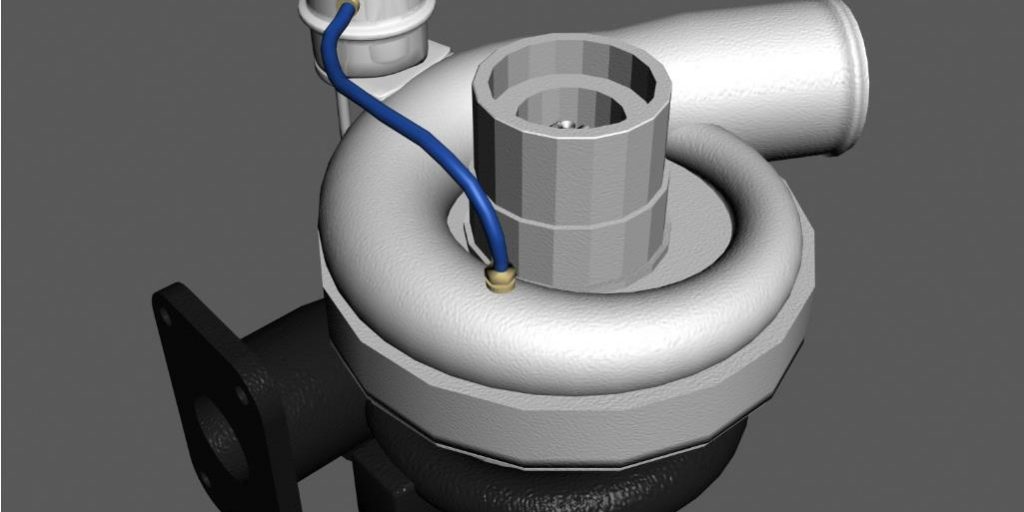Turbo lag is the time between mashing the throttle and feeling the rush of torque from a turbocharged engine. The lag comes from the time it takes the engine to create enough exhaust pressure to spin the turbo and pump compressed intake air into the engine and is longest when the engine is in a low-rpm, low-load cruising situation.
If you’re wondering why somebody doesn’t make a turbo that makes full boost from idle on up to redline, there’s a very simple answer for that: like all engine parts, a turbo has to be matched to a specific rpm range to function correctly. A turbo that’s small enough to make a significant amount of boost under low-rpm situations would overspeed and possibly explode as soon as full throttle was hit. The opposite is also true—a turbocharger that makes the most peak power will make virtually no boost until well into the engine’s powerband. Most turbo setups are a compromise between these two scenarios.
Five Ways to Reduce Turbo Lag
There isn’t a single solution to eliminate turbo lag, although there are a lot of strategies that can help. Most importantly, though, is building a combination that has the converter, cam, compression ratio, displacement, gearing, and even correct braking system for the turbo that’s being used.
1 Add Nitrous Oxide If you’re looking for a way to reduce turbo lag that’s akin to magic, look no further than nitrous oxide. Since a shot of nitrous makes cylinder pressures go crazy, that same energy then gets directed out of the exhaust, spooling a turbo in almost no time. We’ve seen correctly used nitrous systems cut spooling times by a factor of four, but be warned, if your air/fuel ratio isn’t corrected for the extra oxygen during spooling, a pretty big backfire and engine damage can occur.
2 Increase Compression Ratio In the 1980s, it was common to see turbocharged engines using compression ratios in the 8:1 range to compensate for the heat and pressure as boost came up. But until the boost hit, you were basically driving an over-cammed, low-compression engine that made no power. As fuel and intercooling improved, it’s now common to see turbo engines in the 9:1 to 10:1 compression range, and those extra points of compression really do wonders for spooling turbos.
3 Add A Wastegate A turbo can be tuned with a smaller exhaust housing that will spool the turbo quicker, and an exhaust wastegate can then be added to bleed off excess exhaust pressure at high engine rpm. In most cases, at least three or four different exhaust housings are available for a single turbo frame, so this type of change is relatively easy to make.
4 Narrowing the Powerband Turbochargers are best at supplementing an engine that’s at a constant airflow state, so having a narrow powerband is useful in reducing turbo lag. Larger-displacement engines (for a given power level) and multi-speed transmissions both keep turbo lag to a minimum, because the turbocharger will already be operating close to its peak power-producing range.
5 Sequential Turbocharging Sequential turbocharging works by pairing a small turbo making power from, say, 2,000 to 4,000 rpm, and a second turbo that takes over from 4,000 to 6,000 rpm, effectively making for an engine with a huge operating powerband. Unfortunately, these systems are complicated and expensive, and are rarely used in the gasoline world—although they have been common in diesel performance for more than 40 years
From Written by Jason Sands on March 7, 2015
David Kennedy – photographer;
.







